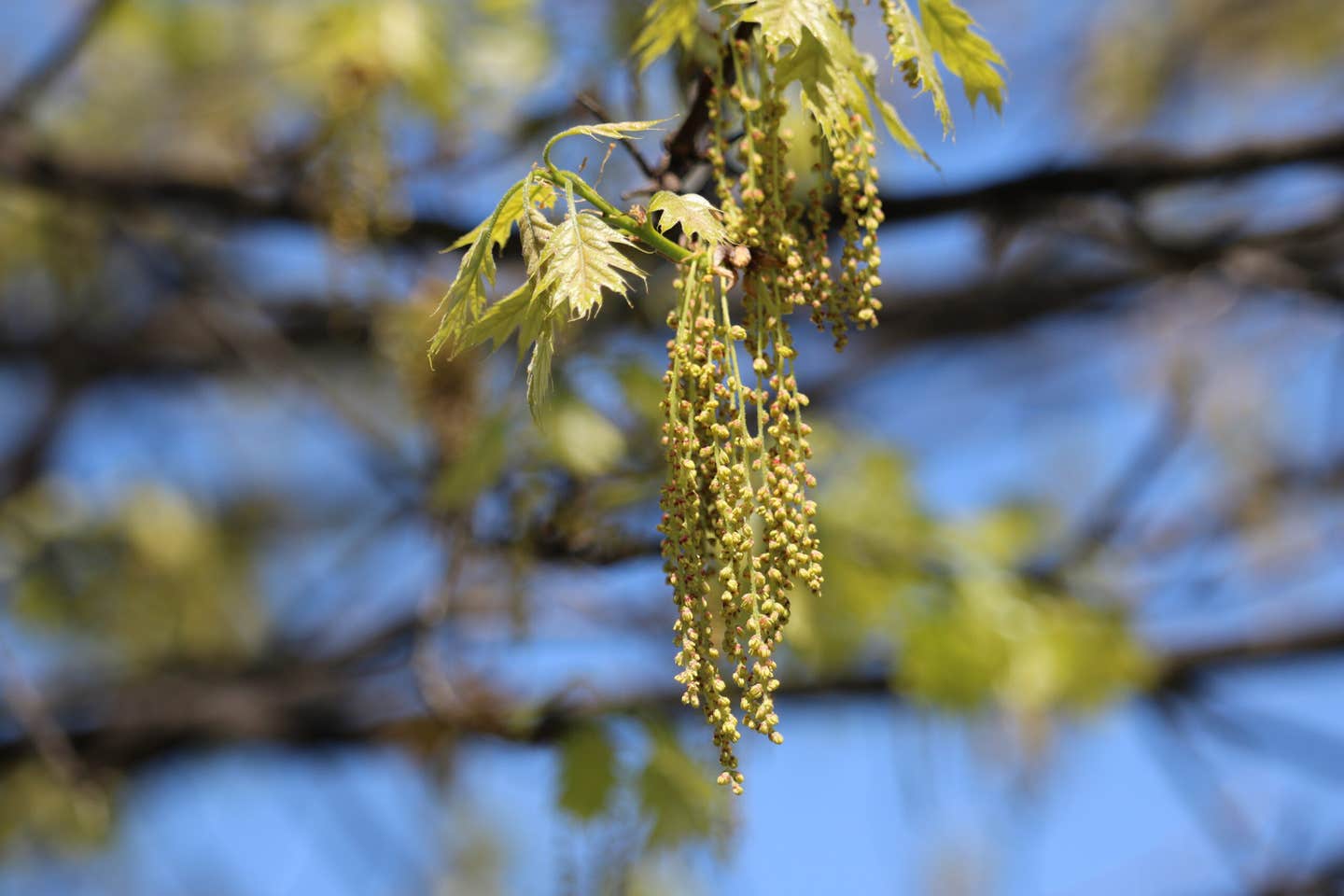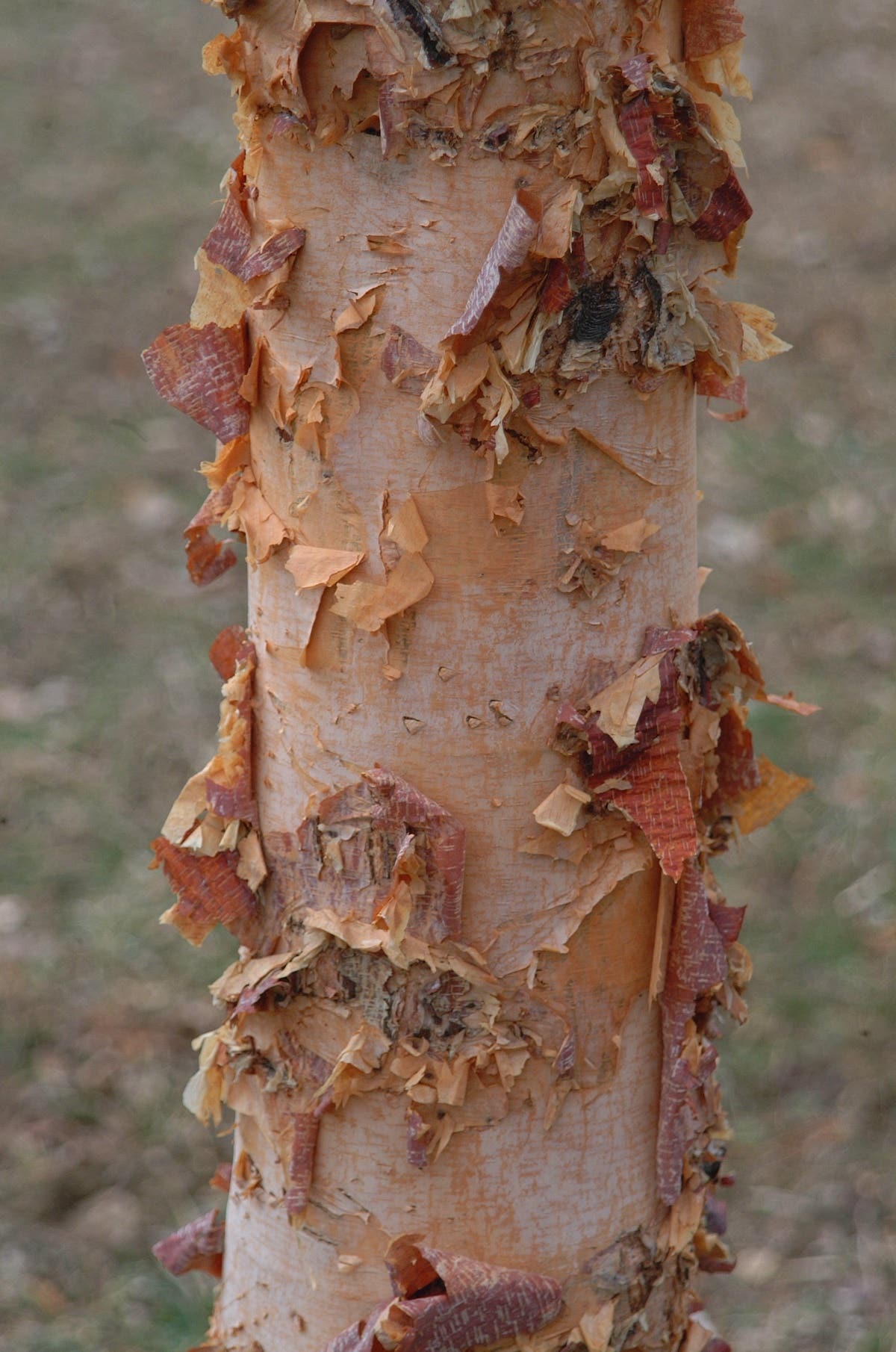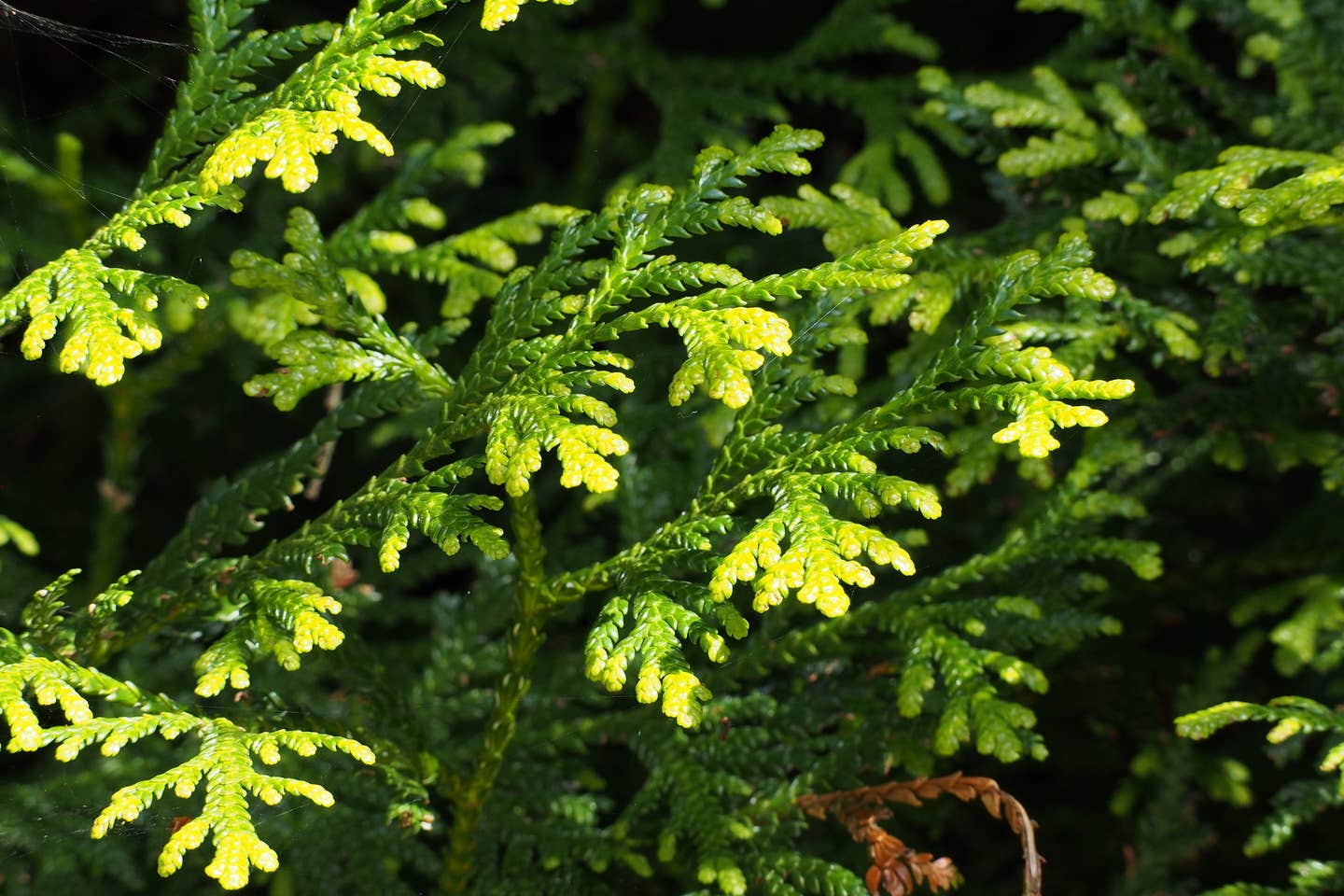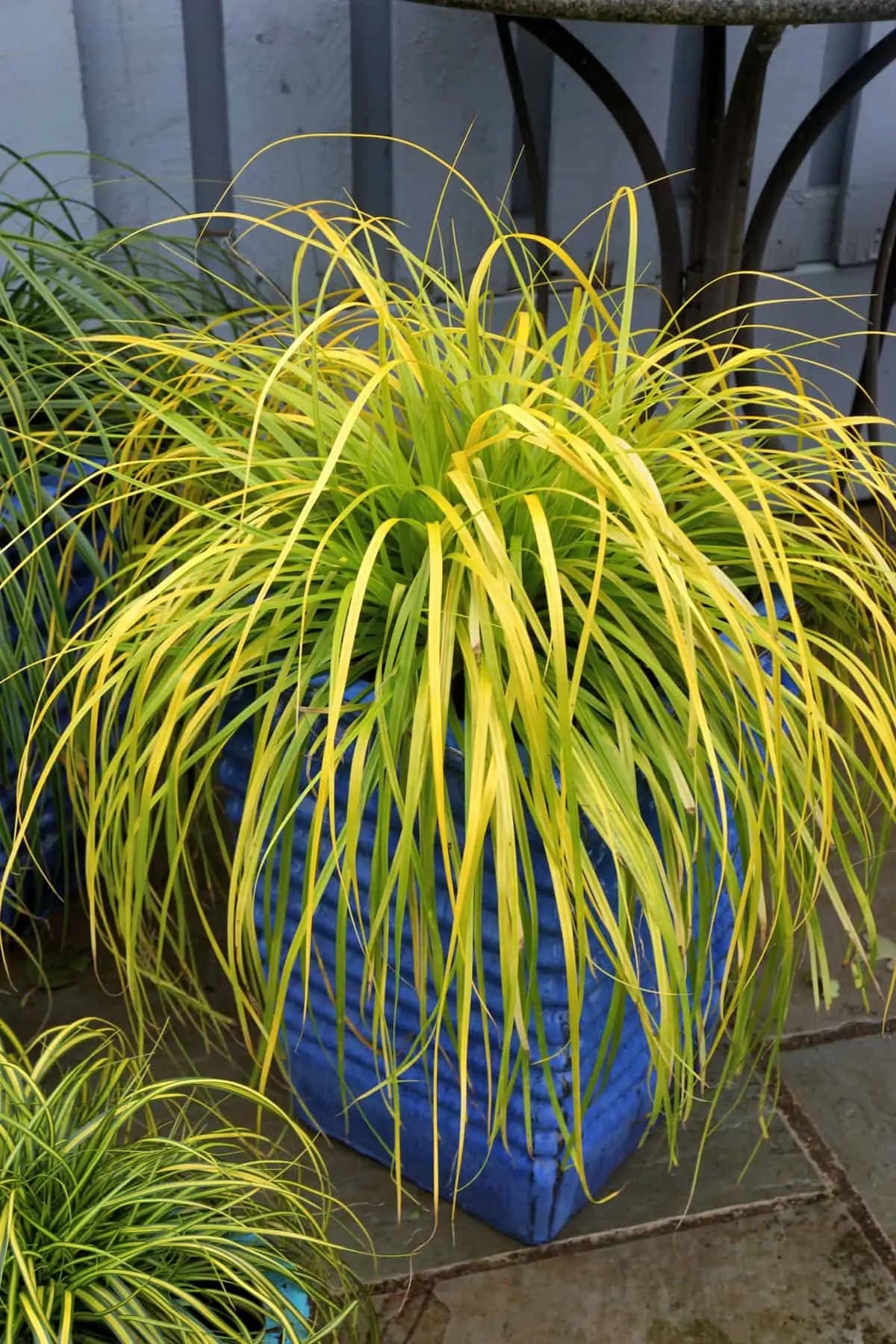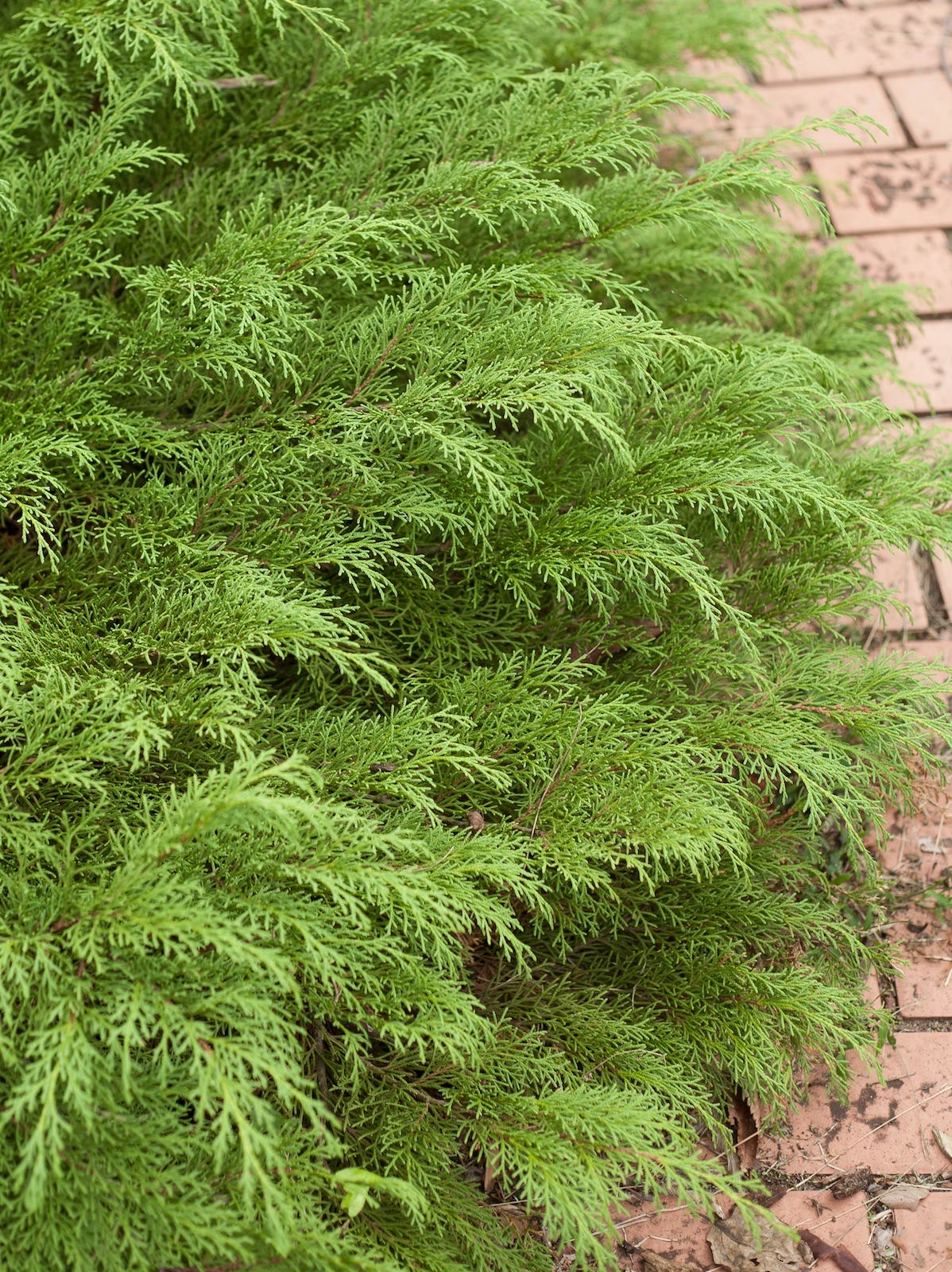Agaves, At Last
The hottest trend in container gardening has its roots in a group of plants that for over 7,000 years delineated the agricultural and cultural progression of Mexico. Throughout its history, the genus Agave supplied food, drink, and materials for building and weaving, and held religious significance…
The hottest trend in container gardening has its roots in a group of plants that for over 7,000 years delineated the agricultural and cultural progression of Mexico. Throughout its history, the genus Agave supplied food, drink, and materials for building and weaving, and held religious significance. Metl was its name to the Aztecs in the valley of Mexico. It was mescal to the other Mesoamericans. The Spanish conquistadors called it maquey; Europeans called it American aloe. Finally, the Americans dubbed it century plant.
It is only now that the ornamental attributes of these remarkable plants are getting the attention they deserve. The current craze of collecting and cultivating agaves shadows the influx of people from Mexico to the United States in more recent decades. They have stirred interest in their culture, and business has been quick to capitalize, popularizing its music, food, and drink—among these, tequila. Ironically, the plant from which this beverage is derived has meanwhile become of increasing interest to plant collectors here and abroad.
Around the World
Agave americana, an early introduction to Europe from America, was described by Linnaeus in 1753 as the type for the genus. Some variegated selections have been around for hundreds of years, as evidenced by numerous lithographs and engravings. Even Claude Monet (1840–1926) included an agave in his painting “Village with Mountain and Agave.” To the best of our knowledge, the yellow-edged A. americana was selected in Holland in the early 1800s. It later received the name A. americana f. marginata. The introduction of the other variegated forms, of which there are many, remains unknown; only further research will establish their history.
Agaves flourished in the Mediterranean climate of southern Europe and their spread reached its zenith in the 19th century, with plants eventually found coast-to-coast in Africa, Australia, and Asia as colonizers expanded their holdings. An economic factor propelled their spread; for instance, the fiber sisal, an extract of A. sislana, made that species a valuable crop. In some species, only cultivated forms survive. Agave desmettiana is a case in point. It occurs only around villages of the former Mayan Empire, which occupied the middle Sierra Madre Oriental in eastern Mexico. It is sterile and cannot set seed. It reproduces from bulbils that form on the aborting flower stalk and from offsets. Beautiful variegated forms exist in cultivation, but only outside of Mexico.
Into Gardens
Simplicity in the form of the agave leaf, combined with its dramatic color, which may be dark green, blue, or silver, have easily caught the imaginations of plant enthusiasts around the world. Yet agave foliage possesses further wonders, revealed by a closer look. Chief among these is bud imprinting, or the impression left by one leaf upon another as they unfold from the plant’s center. This varies between species—the imprint may be merely an echo of the previous leaf or a chalk white outline of the leaf imprint. Selections are made on the clarity of these imprints.
Agaves are also selected for the color, size, and arrangement of their spines, but variegated foliage is probably their ultimate draw. Leaves may be edged or centered in yellow, edged or centered in white, and all variations in between. These plants can produce hundreds of thousands of seed at a time and a large number of seedlings can be raised easily, so propagators have a good chance of finding unique forms. From my experience, fully variegated agaves as well as dwarfs and hybrids can be found in large seed blocks.
The first horticulturists to see agaves’ potential of foliar form and color were Japanese. They concentrated on the small-growing species and selected for dwarf habit and variegation. Most agaves get too large for the space-conscious Japanese, but they worked with A. potatorum, A. isthmensis, A. victoriae-reginae, A. pattoni, and A. pygmae. I speculate that they selected these in Mexico while seeking cacti in the field. American plant collectors obtained their plants from Japanese growers, but these beautiful succulents never were re-introduced to Mexico, at least not in any places I have been.
Recently, Thailand has become the most important producer of new variegated agaves. Thai gardeners acquired their plants originally from the Japanese, but they were not as interested in growing them in small pots. They planted them in huge ceramic containers and, with the help of a favorable climate and keen horticultural skills, reproduced them for resale. Just a quick glance at e-Bay will prove my point. Type in agave and hold onto your hat (and your wallet) for the ride of your horticultural life. Here at home, we are working with some of these rare finds to produce them for an even larger market and at more reasonable prices.
Yes, the future looks very bright for ornamental agaves. Considering the approximately 250 species we have with which to work, I believe their future is as limitless as my desire to grow them all.
Carl Schoenfeld is the owner of Yucca Do Nursery, a mail-order nursery specializing in drought- and heat-tolerant plants.



